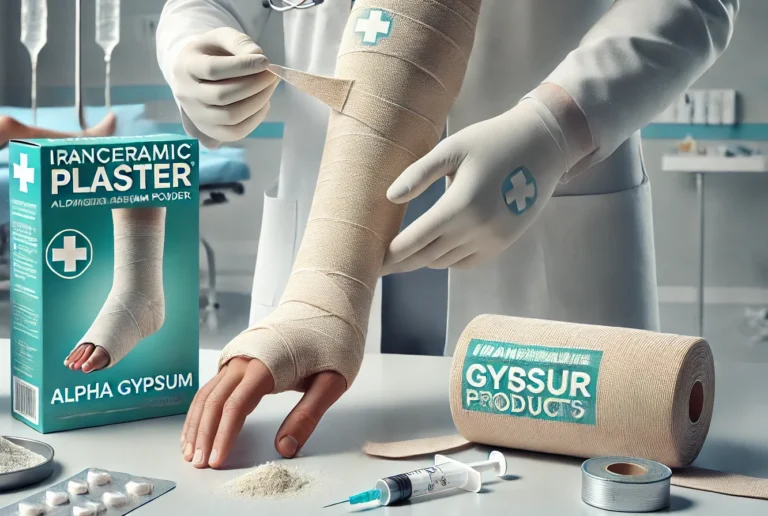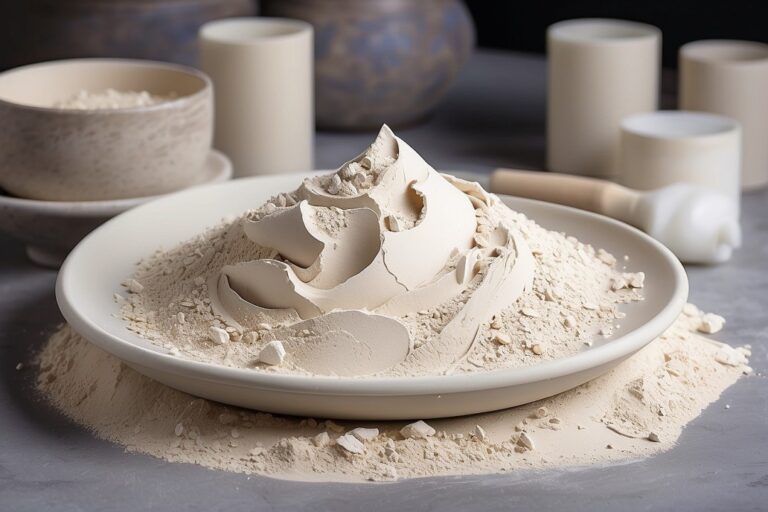Medical Usage
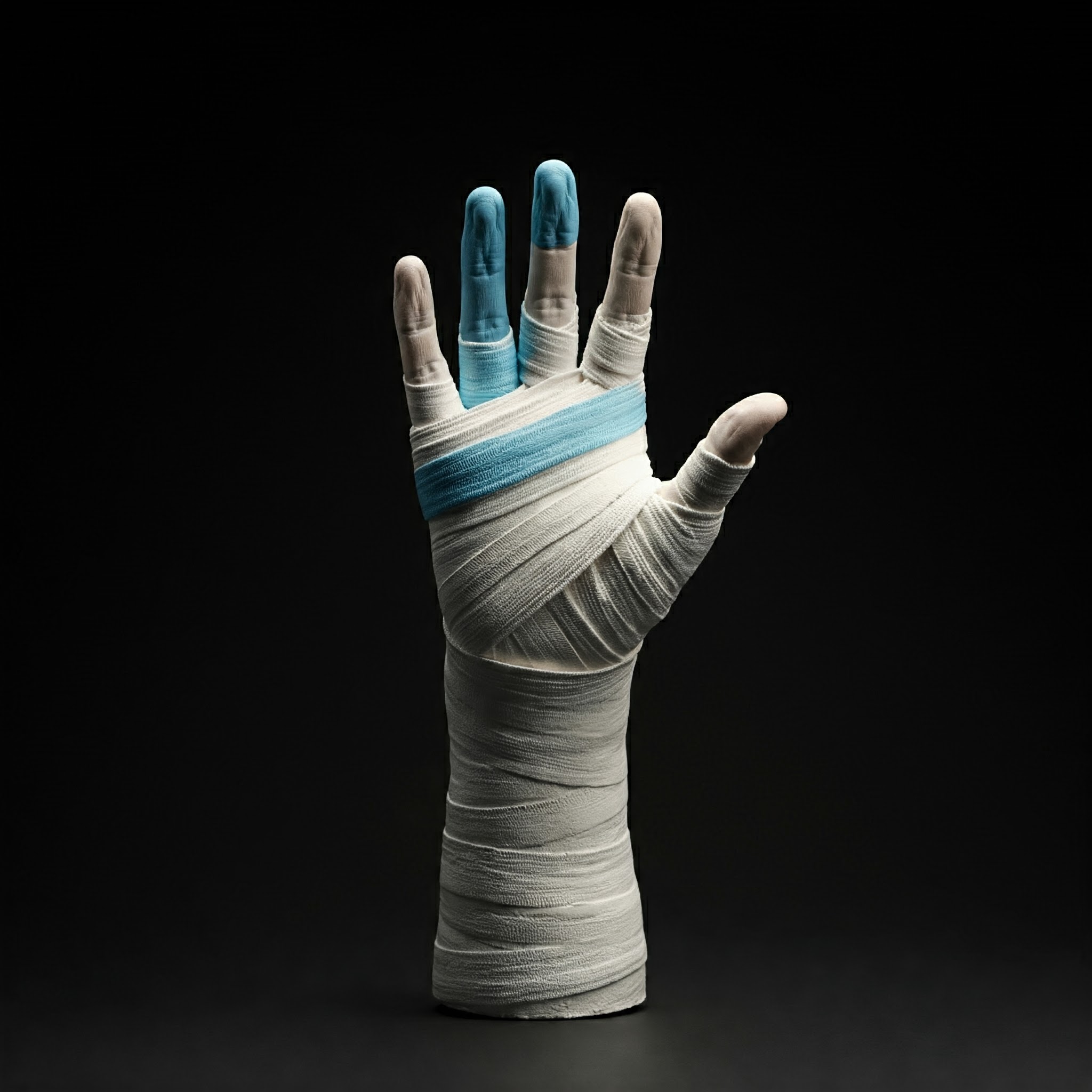
Orthopedic Plaster: A Closer Look at Its Production and Uses
Orthopedic plaster, also known as casting plaster, plays a crucial role in supporting injured body parts. This specialized material is made from specific raw materials and undergoes a careful manufacturing process to ensure its effectiveness. Let’s explore the key aspects of orthopedic plaster production.
Raw Materials
- Alpha Gypsum: This type of gypsum, produced using autoclave methods under high pressure and temperature, is known for its strength and durability, making it ideal for casting purposes.
- Additives: Various additives are often incorporated to improve the plaster’s rheological and flow properties, ensuring ease of application.
Manufacturing Process
- Gypsum Preparation: Alpha gypsum is prepared in powdered form and mixed with water to create a paste-like consistency.
- Bonding with Bandages: Special gypsum bandages, made from materials like synthetic fibers, are coated with this gypsum paste. These bandages become pliable when moistened, allowing for easy application on the injured area.
- Under-Cast Layer: To enhance patient comfort and prevent the plaster from sticking to the skin, a cotton or under-cast bandage is often applied as a protective barrier.
Features and Applications
- Impact Resistance: Orthopedic plaster’s physical properties enable it to absorb impacts effectively, providing crucial immobilization for the injured body part.
- Radiolucency: This type of plaster is radiolucent, meaning it doesn’t obstruct the view of bones in X-rays, a critical factor for medical professionals.
- Artistic Use: Beyond its medical applications, orthopedic plaster is also used in artistic creations and sculptures.
Conclusion
The production of orthopedic plaster demands precision in both raw material selection and manufacturing processes. This ensures that the final product effectively stabilizes injured body parts, contributing to the healing process.
IranCeramicPlaster: Your Trusted Source for Quality Orthopedic Plaster
At IranCeramicPlaster, we specialize in providing high-quality orthopedic plaster solutions. Our commitment to excellence ensures that medical professionals and patients receive reliable and effective products for optimal healing outcomes. Contact us today to learn more about our range of orthopedic plaster products.
Dental Usage
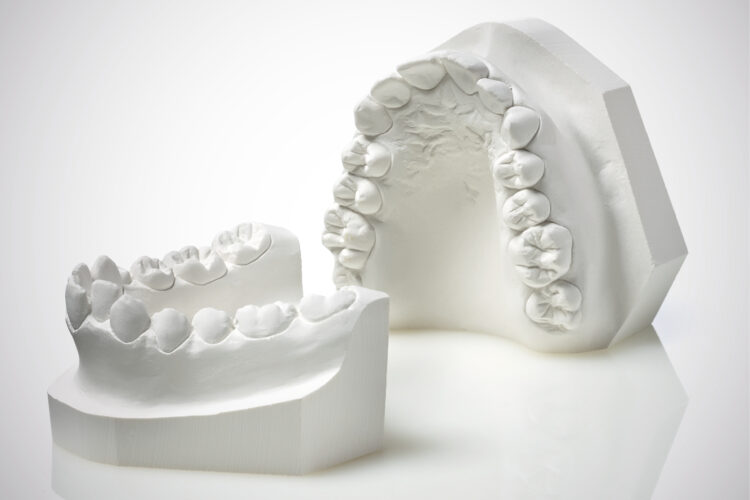
Dental Plaster : A Cornerstone of Restorative Dentistry
Dental plaster is a versatile material with diverse applications in dentistry. Its various forms, each possessing unique properties, play a crucial role in creating accurate molds and models for a range of dental procedures.
Types of Dental Plaster and Their Uses
- Stone Plaster: Commonly used for pouring molds for fixed restorations like bridges and composites. It’s also utilized to create casts of the upper and lower jaws to establish the relationship between the teeth.
- Dental Stone (Type IV): Known for its high accuracy and minimal dimensional changes. This makes it ideal for creating models for fixed prosthetics such as dentures and bridges.
- White Plaster: Primarily used for initial molds in removable and routine procedures. It also functions as a connector for articulators in fixed restorations.
Key Quality Characteristics of Dental Plaster
- Appropriate Setting Time: The setting time must allow for easy mold-making while minimizing volumetric changes.
- Dimensional Accuracy: The plaster should exhibit minimal dimensional changes during mixing with water to ensure the precise replication of the teeth’s size and shape.
- Sufficient Hardness: The plaster needs to be strong enough to withstand pressure and friction during handling and use.
- Low Porosity: Low porosity enhances the plaster’s resistance to damage and ensures a smooth surface finish.
Ceramic Usage
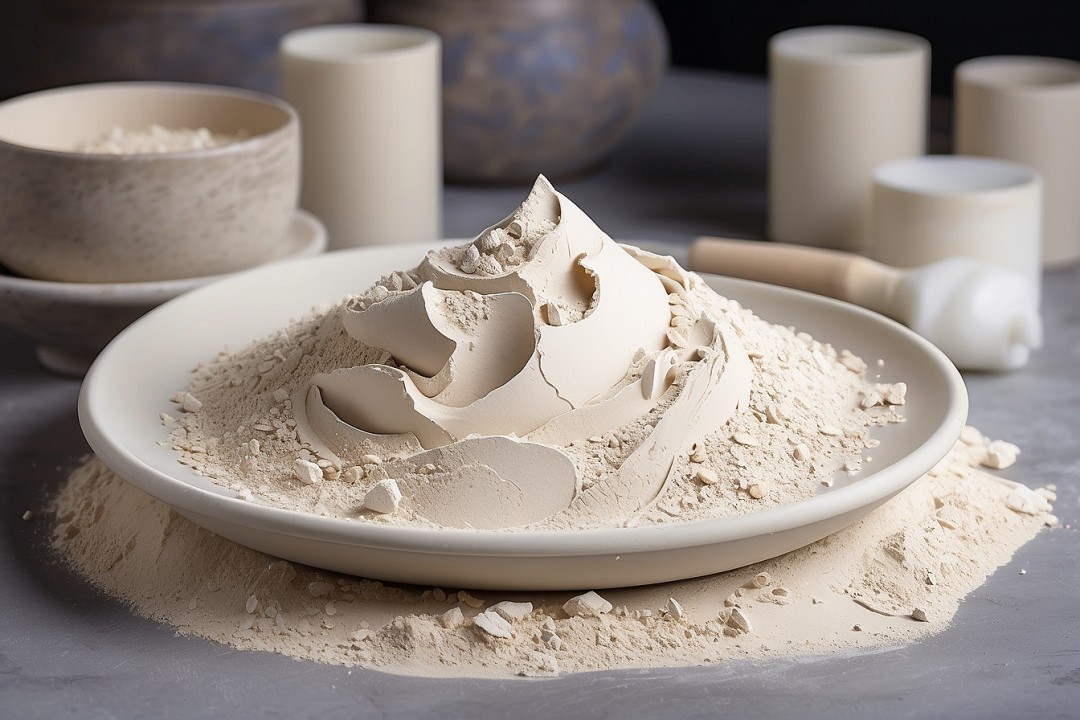
Gypsum: A Cornerstone of Ceramic and Porcelain Production
Gypsum, a versatile mineral, plays a crucial role in the ceramics and porcelain industry. Its unique properties make it indispensable in various stages of production, from initial molding to final finishing. Let’s explore the multifaceted applications of gypsum in this field.
Mold Making Excellence
Gypsum stands out as the premier material for creating molds in ceramic and porcelain manufacturing. Its exceptional ability to capture intricate details ensures the production of high-quality molds, which are fundamental to crafting exquisite ceramic pieces. The malleability of gypsum allows artisans and manufacturers to shape it with precision, resulting in molds that faithfully reproduce even the most delicate designs.
Casting Capabilities
In ceramic production, gypsum serves as an invaluable casting material. When mixed with water, it forms a smooth paste that can be easily poured into molds. This property enables the creation of complex shapes and designs that define many ceramic products. The fluidity of the gypsum mixture ensures that it reaches every nook and cranny of the mold, capturing every detail with remarkable accuracy.
Surface Enhancement
The use of gypsum in mold-making significantly contributes to the superior surface finish of ceramic items. By creating smoother mold surfaces, gypsum helps produce ceramic pieces with a flawless exterior. This enhancement in surface quality is particularly important for high-end porcelain products where aesthetics play a crucial role.
Rapid Setting and Hardening
One of gypsum’s most advantageous properties in ceramic production is its quick-setting nature. After pouring into molds, gypsum hardens rapidly, allowing for faster production cycles. This characteristic is particularly beneficial for manufacturers aiming to optimize their workflow and increase productivity without compromising on quality.
Versatile Binding Agent
Gypsum’s role extends beyond mold-making and casting. It serves as an effective binding agent, often used in combination with other materials to enhance specific properties of ceramic products. This versatility allows manufacturers to fine-tune the strength, durability, and other characteristics of their ceramic items, meeting diverse market demands.
Applications Across Ceramic Types
Tableware: Gypsum molds are extensively used in producing plates, cups, and other dining essentials.Decorative Items: The material’s ability to capture fine details makes it ideal for creating ornate vases, figurines, and other decorative pieces.Sanitary Ware: Large-scale items like sinks and toilets benefit from gypsum’s strength and setting properties.Artistic Ceramics: Sculptors and artists utilize gypsum molds to create unique ceramic artworks.Gypsum’s multifaceted applications in the ceramics and porcelain industry underscore its importance. From facilitating the creation of intricate molds to enhancing surface finishes and expediting production processes, gypsum continues to be an indispensable material in the crafting of high-quality ceramic products. Its versatility and effectiveness ensure its continued relevance in both traditional and modern ceramic manufacturing techniques.

